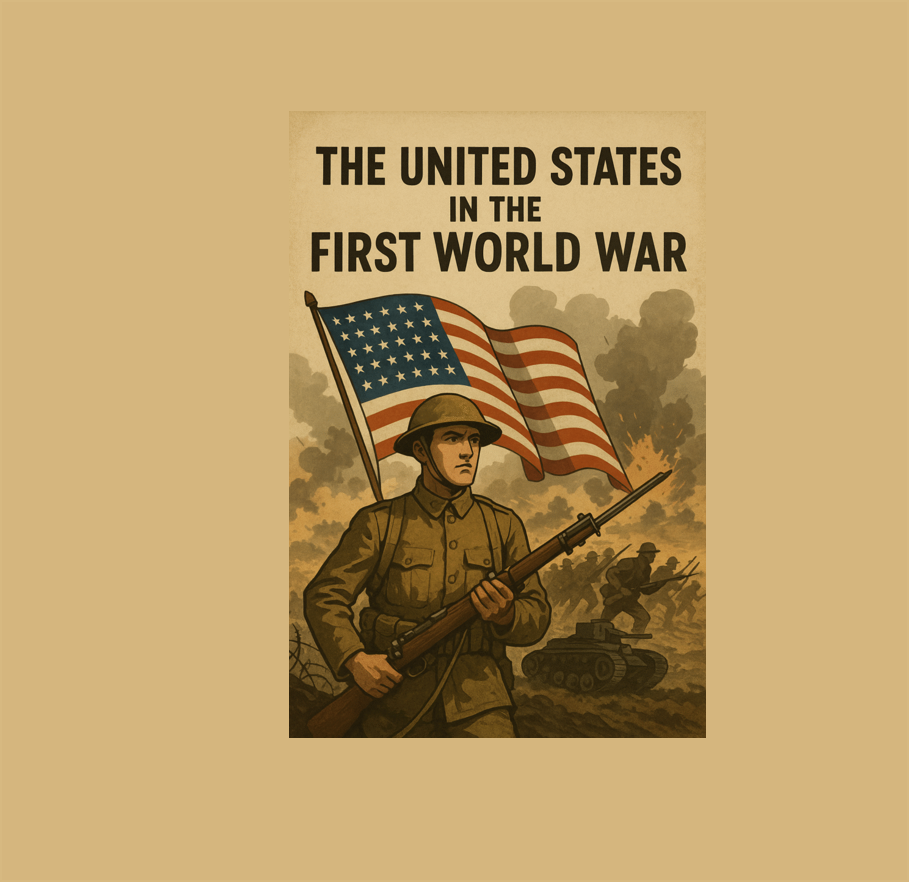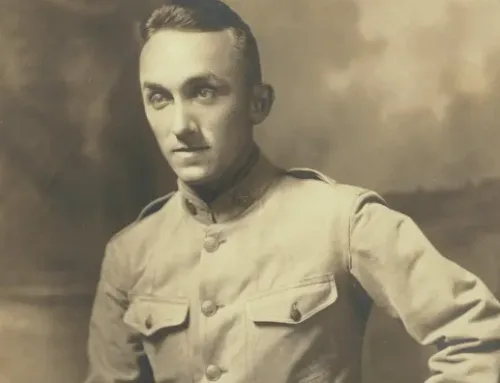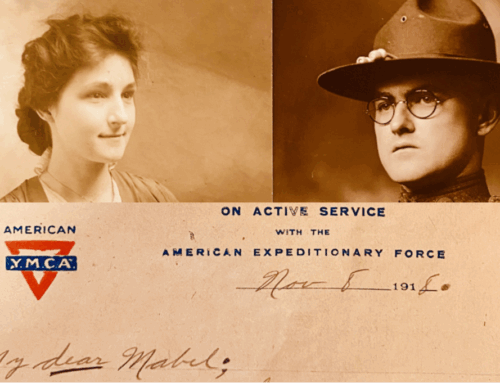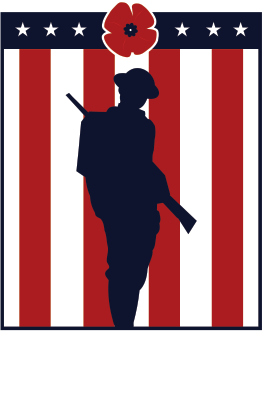The United States in the First World War
Published: 30 September 2025
By Stephen Bedard
via the Stephen Bedard Military History Blog website

Steven J Berdard
When the First World War erupted in 1914, the United States initially stayed out of the conflict. Despite being the world’s largest industrial power, America was hesitant to intervene in what was seen as a European struggle. President Woodrow Wilson declared neutrality, reflecting both the country’s isolationist tendencies and the diverse immigrant population that had ties to both sides of the conflict.
Why the U.S. Delayed Entering the War
There were several reasons for America’s delay. First, many Americans believed the war did not directly affect U.S. interests. The Atlantic Ocean seemed to provide a buffer from the chaos in Europe. Furthermore, the U.S. economy was thriving by trading with both the Allied and Central Powers, and there was little political will to disrupt this. Wilson himself campaigned for reelection in 1916 with the slogan, “He kept us out of war.”
Causes of U.S. Entry into the War
The turning point came in 1917. Germany’s policy of unrestricted submarine warfare, which included the sinking of neutral and civilian ships like the Lusitania in 1915, increasingly angered the American public. By early 1917, Germany resumed unrestricted submarine attacks, threatening U.S. commerce and lives. At the same time, the British intercepted the infamous Zimmermann Telegram, in which Germany proposed a military alliance with Mexico against the United States. These provocations, combined with a growing sense that the survival of democracy was at stake, pushed Wilson to ask Congress for a declaration of war on April 2, 1917.
Size of the U.S. Military
When America entered the war, its standing army was relatively small compared to European powers—just over 100,000 soldiers, supported by state National Guards. Through the Selective Service Act of 1917, millions of men were drafted. By the war’s end, more than 4 million Americans had served, and about 2 million had been sent to Europe as part of the American Expeditionary Forces (AEF).
U.S. Battles and Involvement
American forces began arriving in significant numbers in 1918 under the command of General John J. Pershing. They participated in several key battles, often working alongside French and British troops. The most notable engagements included:
- Battle of Cantigny (May 1918): The first major American offensive, demonstrating the capability of U.S. troops.
- Château-Thierry and Belleau Wood (June 1918): Where U.S. Marines gained fame for their fierce fighting.
- Second Battle of the Marne (July 1918): A turning point where Allied forces, bolstered by American troops, halted the German advance.
- Meuse-Argonne Offensive (September–November 1918): The largest American operation of the war, involving over 1.2 million U.S. soldiers, which helped break German defenses and hasten the end of the conflict.
Future WWII Leaders in WWI
Several significant leaders of the Second World War had their first taste of combat in the Great War. Among them were Harry S. Truman, who commanded an artillery unit; Dwight D. Eisenhower, who trained troops stateside but did not see combat; George S. Patton, who served with the newly formed tank corps; and Douglas MacArthur, who fought on the front lines in France.
Impact of American Participation
The arrival of fresh American troops provided a decisive morale and manpower boost for the weary Allies in 1918. Germany had hoped to defeat Britain and France before the U.S. could fully mobilize, but the steady arrival of American forces tipped the balance. Beyond the battlefield, America’s economic resources and industrial production also proved critical in sustaining the Allied war effort.
→ Read the entire article on the Stephen J. Bedard website here:
External Web Site Notice: This page contains information directly presented from an external source. The terms and conditions of this page may not be the same as those of this website. Click here to read the full disclaimer notice for external web sites. Thank you.



